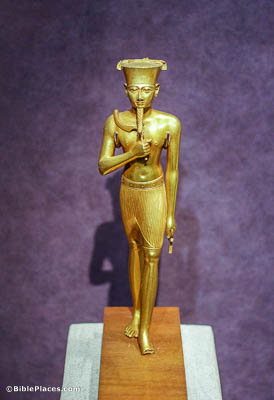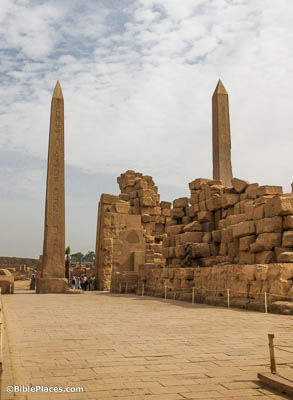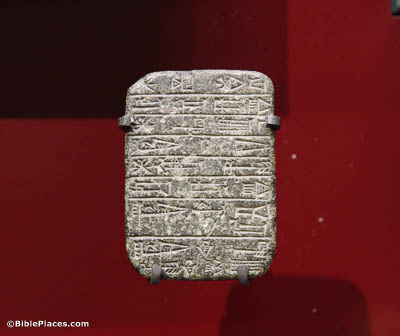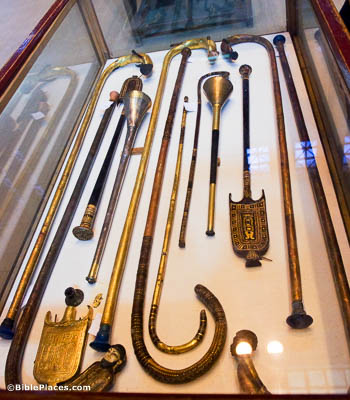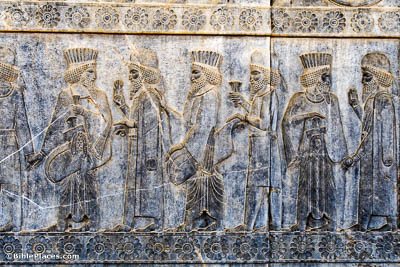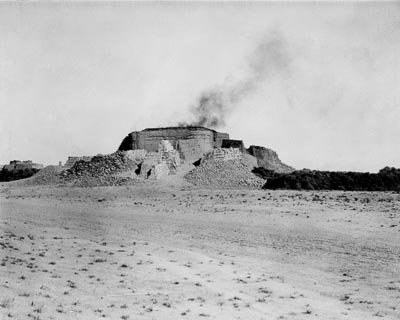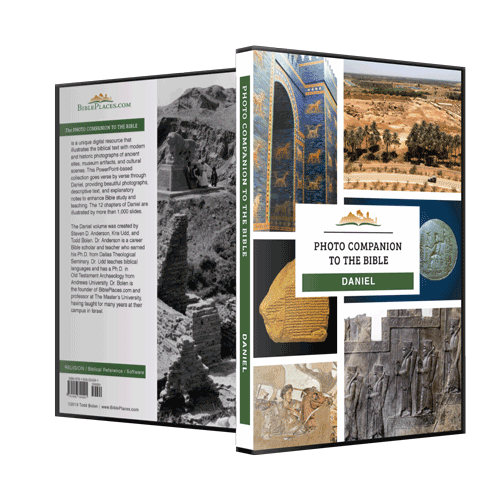Nebuchadnezzar the king made a statue of gold (Daniel 3:1).
The statue described in Daniel 3 is usually assumed to have been human in form, an assumption which is probably correct. The text seems to imply that it was an image of Nebuchadnezzar’s god (3:12, 14, 18, 28). A “statue of gold” could mean “a gold-plated statue,” although the Greek historian Herodotus (5th century BC) was convinced it was solid gold. This gold statuette depicts the Egyptian god Amun.
